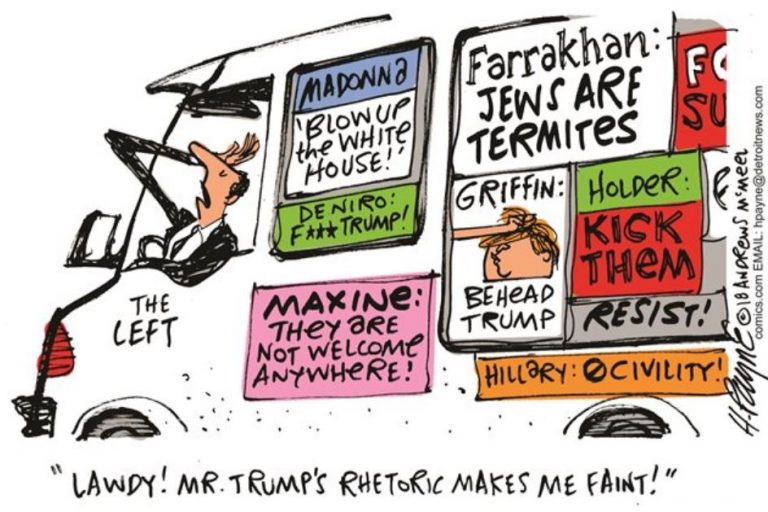

Government advertisements serve as a financial lever for influencing media content and public opinion. The BJP spends almost USD $140 million on publicity per year, with 43 percent of this expenditure focusing specifically on print ads in newspapers. Meanwhile, political parties capitalize on this bias to influence public attitudes and further their own power. What this suggests is either that biases in the media shape viewer attitudes or Indians are viewing outlets that align with their pre-existing views. And this bias consistently correlates with viewers in India expressing similarly biased social, economic, and security attitudes. The results unsurprisingly and unfortunately show the consistent existence of media bias-for example, except for eight newspapers, the papers all express biases far from neutral.

The study relies on rating editorial articles that focus on religious, gender, and caste issues as either liberal, neutral, or conservative and then compiling these scores by each newspaper to find the overall bias in each outlet.

#Citizens press bias tv
A study of 30 Indian newspapers and 41 Indian TV channels with the largest viewership rates in the country confirms the existence of rampant media bias during a two-year period from 2017 to 2018. While the COVID-19 pandemic has exacerbated media bias in India, it is hardly a new phenomenon. These trends damage India’s democracy and also put journalists critical of the government in danger, threatening their right to physical safety.įunds from the government are critical to many newspapers’ operations and budgets, and the current Bhartiya Janata Party (BJP) government has previously refused to advertise with newspapers that do not support its initiatives. Many media outlets enjoy a symbiotic relationship with the government, in turn receiving attention, funding, and prominence. This pressure leads media to endorse government policies, creating unbalanced reporting where media bias can affect political behavior in favor of the incumbent. For example, funds from the government are critical to many newspapers’ operations and budgets, and the current Bhartiya Janata Party (BJP) government has previously refused to advertise with newspapers that do not support its initiatives. This reporting is not only misleading and traumatic to those affected by the pandemic, but also poses a major threat to India’s vibrant democracy.Įven before the pandemic, media bias in India existed across the largest newspapers throughout the country, and political forces shape this bias. Meanwhile, pro-government TV channels blamed the farmers’ protests for limited oxygen supplies for COVID-19 patients, though supplies were actually scarce due to poor public health infrastructure. In April, reports emerged that, at the request of the Indian government, Twitter censored 52 tweets criticizing the government’s handling of the pandemic. The lack of journalistic integrity behind some of the stories deepens this grim situation. As the COVID-19 pandemic rages out of control in India, many are rightly focusing on the content of stories on the death toll and months of lockdown.


 0 kommentar(er)
0 kommentar(er)
